-
Catalysts
addremove
- Universal catalysts
- Sports catalystsaddremove
- Reconditioned catalystsaddremove
- Alfa Romeoaddremove
- Aston Martinaddremove
- Audiaddremove
- Acuraaddremove
- BMWaddremove
- Chrysleraddremove
- Citroenaddremove
- Daciaaddremove
- Dodgeaddremove
- Fordaddremove
- Hondaaddremove
- Hyundaiaddremove
- Jaguaraddremove
- Jeepaddremove
- KIAaddremove
- Lamborghiniaddremove
- Huracanaddremove
- Land Roveraddremove
- Lexusaddremove
- MAN
- Mercedes-Benzaddremove
- Mazdaaddremove
- MINIaddremove
- Nissanaddremove
- Opeladdremove
- Peugeotaddremove
- Porscheaddremove
- Renaultaddremove
- Saabaddremove
- SEATaddremove
- Skodaaddremove
- Toyotaaddremove
- Volkswagenaddremove
- Volvoaddremove
- Original catalytic convertersaddremove
- Dedicated catalystsaddremove
- Used catalytic convertersaddremove
-
Catalysts
add remove Catalysts add remove
- Catalyst inserts addremove
- DPF Filters
- menu title addremove
-
Accessories
addremove
- Catalytic converter insert housings
- Exhaust cones
- Gadgets
- Exhaust dampers
- Probes and sensorsaddremove
- Lambda probesaddremove
- Temperature sensorsaddremove
- Exhaust gas pressure sensorsaddremove
- Crankshaft position sensorsaddremove
- Dampersaddremove
- Regeneration of catalysts
- Contact
- Blog
- Download
Catalytic converter problems in Kia and Hyundai with 1.6 GDI, 1.8 GDI, 2.0 GDI engines - causes, effects and solutions.
Why does the catalytic converter in Kia and Hyundai get damaged?
The problem stems from the low-pressure exhaust gas recirculation (EGR) system, which can suck fragments of the crumbling catalytic converter directly into the engine. In practice, this means that:
- The porcelain catalytic converter cartridge degrades and its particles enter the combustion chamber.
- Catalyst dust settles on the pistons, which can lead to engine seizure.
- Damage to the engine causes a drop in compression, resulting in a loss of power, uneven drive unit operation and jerking.
- A piece of the ceramic catalytic converter insert can get between the cylinder wall and the piston, leading to cylinder damage and, in extreme cases, requiring costly engine repair.
What are the symptoms of a defective catalytic converter?
If you notice any of the following symptoms, it is worth checking the condition of the catalytic converter and exhaust system as soon as possible:
- Misfiring - the engine runs unevenly, loses power and the car jerks.
- Lack of compression - the engine loses efficiency, which can lead to serious damage.
- Body vibration (body teleping) - especially noticeable at idle.
- Firing problems - the starter takes a long time to spin or the engine does not respond to an attempt to start.




What to do if the catalytic converter in a Kia or Hyundai is faulty?
Standard replacement with an original ceramic catalytic converter does not solve the problem, because its design is still prone to crumbling. Therefore, instead of replacing the catalytic converter with a new ceramic one, we weld a new EURO 6 RFC metal insert, which:
- Is much more durable and does not crumble.
- Does not cause problems with the dashboard lights.
- Guarantees proper engine operation and eliminates the risk of damage resulting from a faulty catalytic converter.
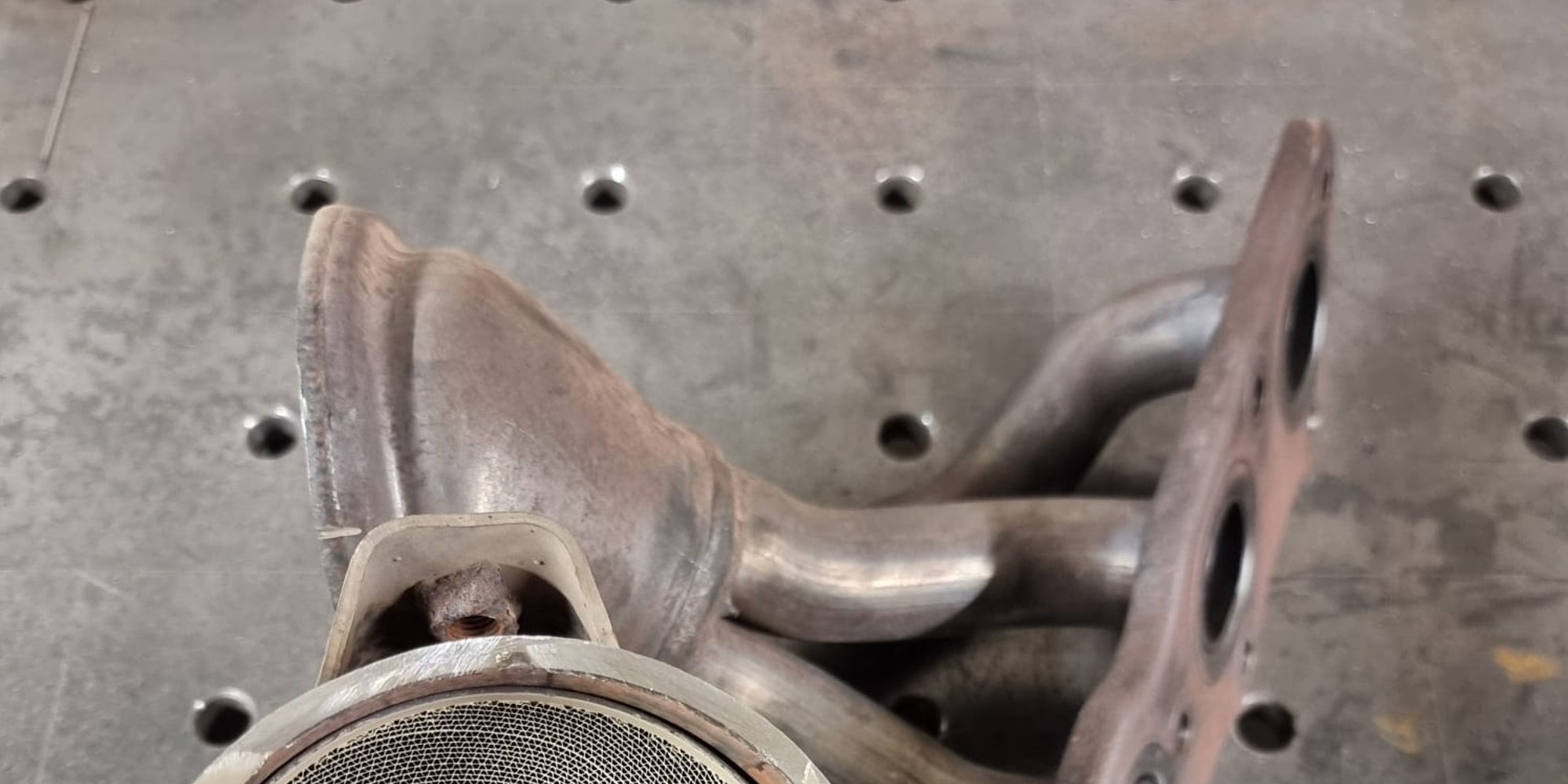
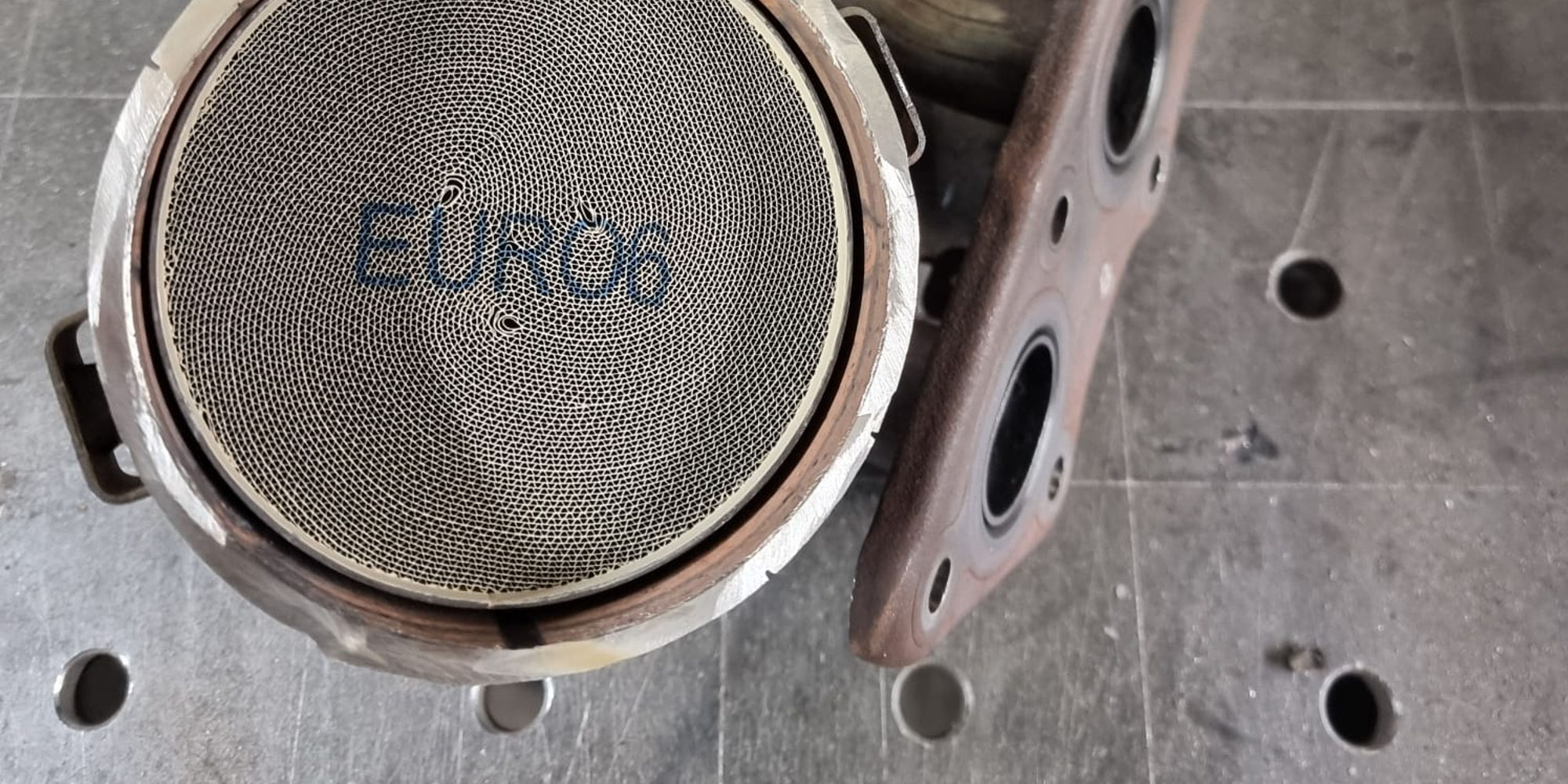
.jpeg)
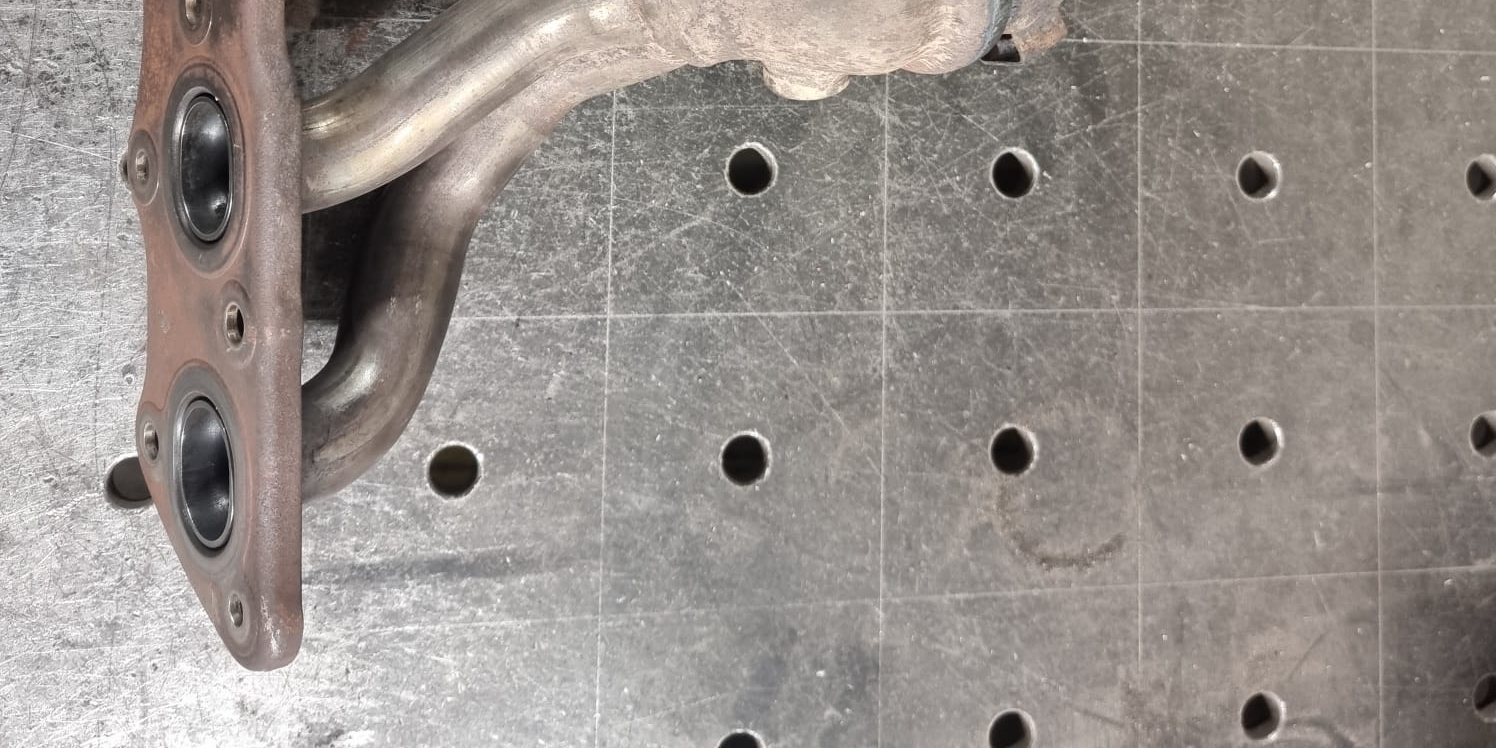
Problems occur in:
1.6 GDI
- Hyundai: i30, i40, Elantra, Tucson, Kona, Veloster, Creta
- Kia: Ceed, Proceed, Rio, Soul, Sportage
1.8 GDI
- Hyundai: Elantra, i40
- Kia: Optima
2.0 GDI
- Hyundai: i30 N, i40, Elantra GT/Sport, Tucson, Sonata, Veloster N, Santa Fe
- Kia: Optima, Ceed GT, Proceed GT, Sportage, Stinger
Our catalyst regeneration service
We offer a catalyst regeneration service by mail order. The customer can bring his catalytic converter to us, which will be regenerated and sent back within 24 hours. We weld a EURO 6 metal insert, which ensures durability and no problems with the controls in the car. This ensures that the engine remains fully operational and the car meets emission standards without the risk of repeated problems.
Leave a comment
Comments
-
Katalizator
By: Sportage 2016 1.6 GDI On 2025-12-18Witam
Jaka jest cenna tego metalowegonwkladu kupiłem Kia czytałem dużo o tych silnikach ale pominąłem gdzieś katalizator narazie auto nie szarpie odpala bez problemowo kastą nie trzęsie .
Pojadę do mechanika zobaczyć kamerka jak wyglądają cylindry ale już wole dmuchać na zimne.
Może narazie nie mam tego problemu ale różnie bywa auto z salonu zakupiłem i w histori nie było nic o katalizatorze.
Pozdrawiam
KrystianReplied by: Rafał Białousz On 2025-12-18
-
Kia cee'd 1.5 gdi 2025 rok
By: Kia cee'd On 2025-10-01Witam
Czy w tym modelu również występuje kruszenie się katalizatora?Replied by: Rafał Białousz On 2025-10-02
-
Kia Proceed GT 2019 1.6 benzyna - Wkład katalizatora
By: Adam Soból On 2025-08-27Dzień dobry. Chciałbym aby wymieniono mi wkład katalizatora na stalowy. Czy po takiej wymianie samochód może później wywalać błędy? Oraz czy po zmianie wkładu auto przejdzie normę emisji spalin?
Replied by: Rafał Białousz On 2025-08-27





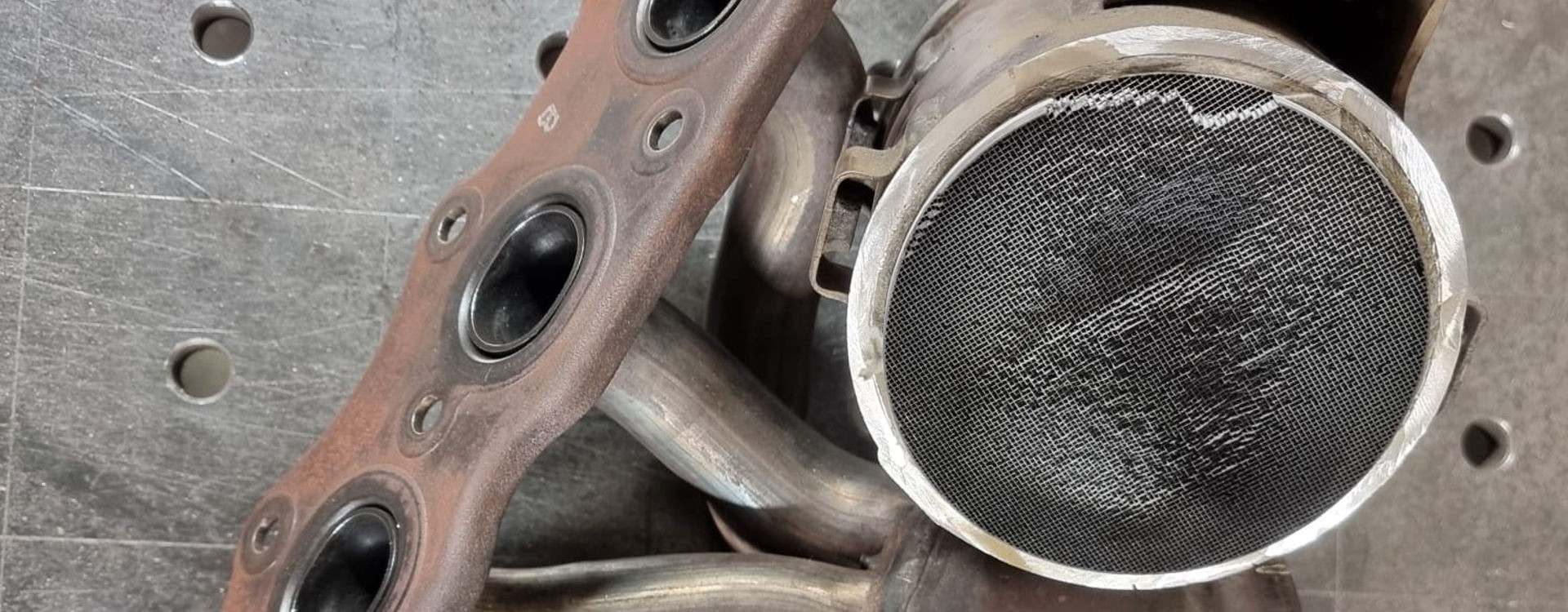
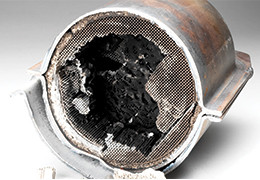
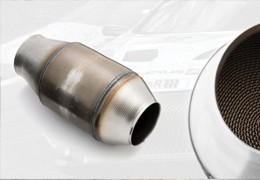
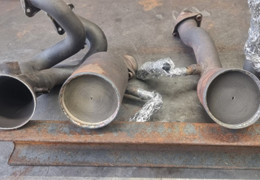
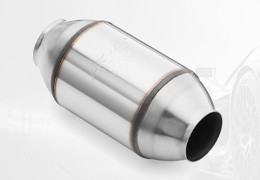
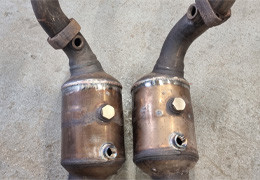
Latest comments